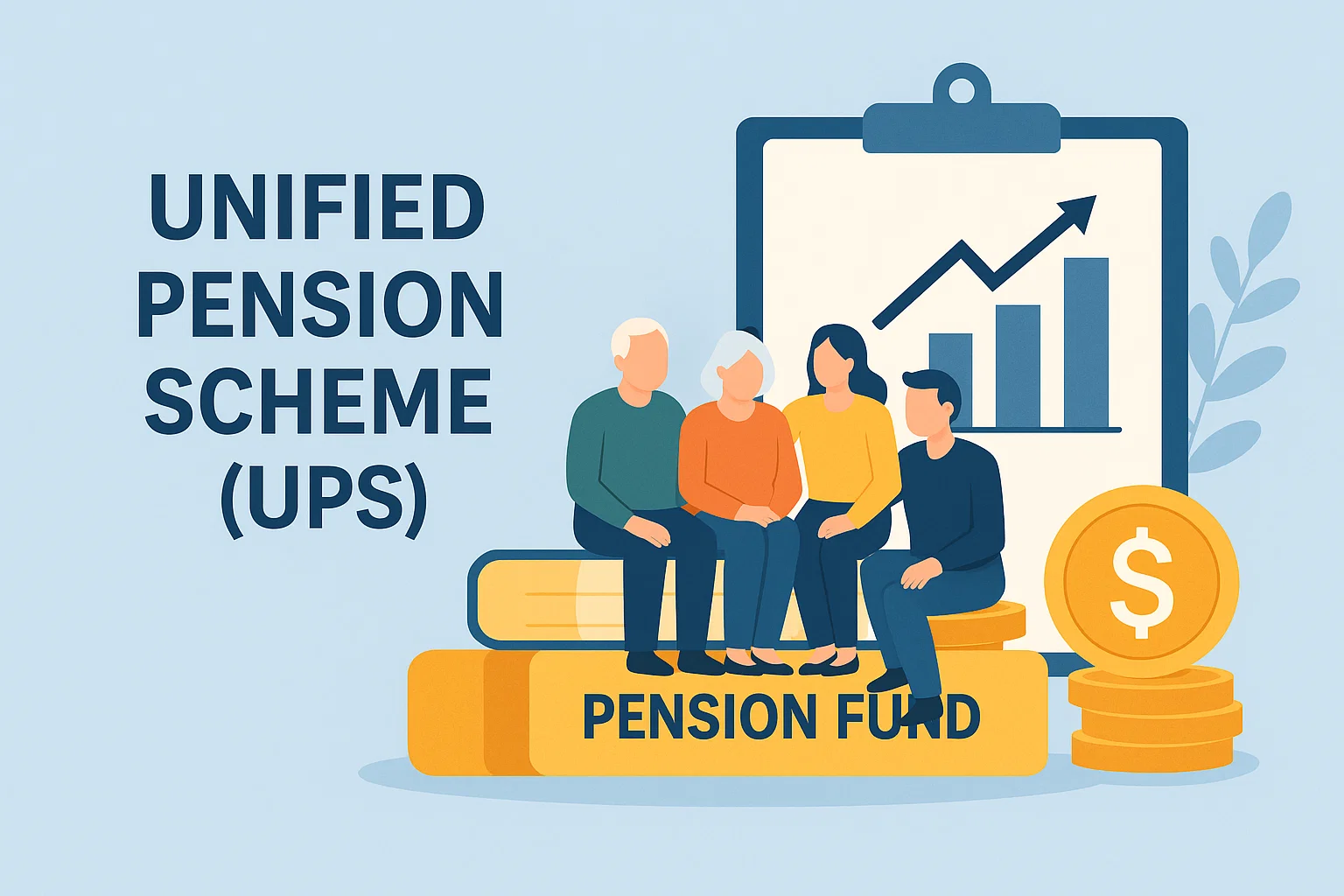Font size:
Print
Wage Payments under MGNREGS
Context:
A study published in the Indian Journal of Labour Economics found no statistically significant difference in timely wage payments or payment rejections between the Aadhaar-Based Payment System (ABPS) and standard bank account-based methods.
More on News:
- The study is titled “MGNREGA as a technological laboratory: analysing wage payment delays as a result of two digital interventions,” authored by researchers from Lib Tech India.
- The study analysed 3.14 crore MGNREGS transactions totaling ₹4,602 crore from 10 states during 2021-22.
Background
- Mandatory ABPS Implementation: The Union government made ABPS mandatory for Mahatma Gandhi National Rural Employment Guarantee Scheme (MGNREGS) wage payments from January 1, 2024. The government claims ABPS enhances efficiency, transparency, and savings.
- Concerns from Workers: Workers report frequent wage misdirection under ABPS. Mismatches between Aadhaar details and job cards have led to the deletion of many workers from the system.
- Payment Rejections: ABPS payment rejections are centralised and harder to resolve compared to account-based payments, where issues can be solved locally by block-level computer operators.
Key Findings on Payment Timeliness
- 36% of account-based payments were processed within seven days.
- 39% of ABPS payments were processed within seven days.
- The time difference between the two systems in processing payments was marginal.
Implications
- Technology and Access Issues: The findings challenge the claims of superior efficiency and transparency associated with ABPS.
- Need for Resolution Mechanisms: Addressing centralised rejection issues and worker grievances should be prioritised.
- Inclusion Concerns: Ensuring no worker is excluded due to technical mismatches is critical for the scheme’s equitable implementation.
About MGNREGS:
- Initiated in 2005 under the Mahatma Gandhi National Rural Employment Guarantee Act 2005.
- It provides at least 100 days of work at specified wage rates for each rural household annually.
- The Ministry of Rural Development(MoRD), in partnership with state governments, oversees the scheme’s implementation.
- Objectives:
- Strengthen the livelihood resources of the poor.
- Ensure social inclusion.
- Strengthening Panchayati Raj Institutions (PRIs).
- Eligibility: All rural households are eligible to register under MGNREGS. Any adult member (above 18 years old) of a registered household can apply for work.
- The government sets minimum wages for MGNREGA work, received annually based on inflation.
- MGNREGA 2.0:
- Expansion of Work Types: 30 new types of works incorporated into the programme’s list.
- Innovative Utilisation of MGNREGA Labour: MGNREGA labour (up to Rs 4,500) can be utilised for building toilets under the Total Sanitation Campaign.
- Health Insurance: Rashtriya Swasthya Bima Yojana is extended to individuals who have worked for at least 15 days under MGNREGA.


